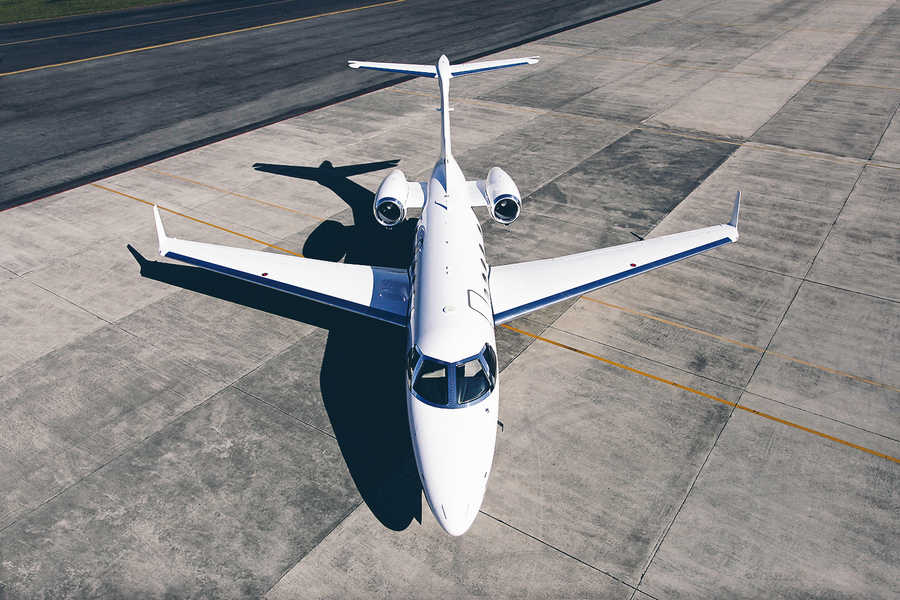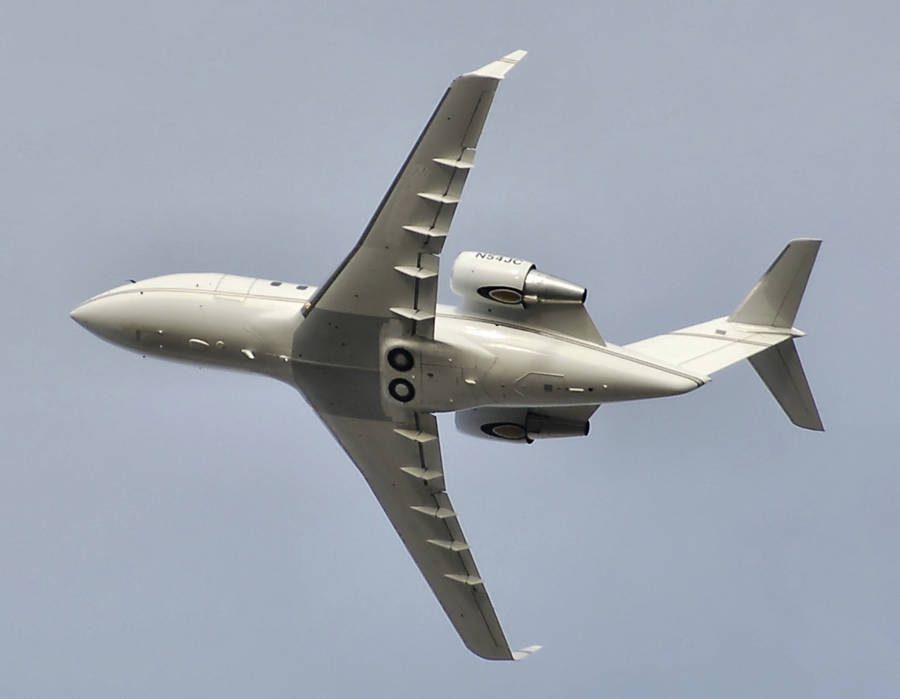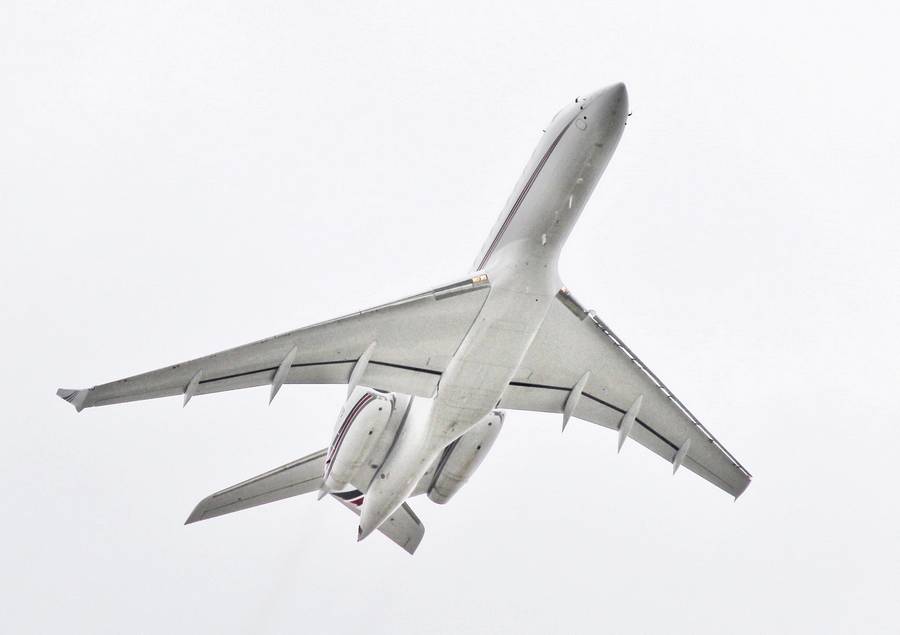There are many indicators of aviation recovery to look for, but business jet sales are something airlines pay particular attention to.
The scenes of endless rows of parked aircraft during the height of the pandemic are now behind us – mostly. But the industry is still on the lookout for further trouble. Lockdowns in parts of the world are still in force, with long-haul operators very much feeling their effects. However, the airlines can see a rise in demand. And a high number of pandemic-era retirements mean that a swing to an actual pilot shortage could be looming.

So what does this have to do with business jet sales? The answer is that corporate air travel skyrocketed during the pandemic. In those parts of the world where lockdowns didn’t stop people from travelling, moving around in a business jet suddenly became very attractive. Of course, most people still couldn’t afford to do it. But enough new people chose to do it, for the ‘bizjet’ market to thrive.
Business Jet Sales Slowing
For some in the aviation industry, a rise in business jet sales was key to their survival during the pandemic. Embraer had a few bad years before 2020. But a boom in the corporate aircraft market helped the manufacturer stay on its feet. Bombardier and General Dynamics (Gulfstream) saw similar performance gains, in some cases increasing capacity. Prices for general aviation aircraft in the US and elsewhere followed a similar pattern.
But according to reports, business jet sales are slowing down. There is no sign of an immediate reversal of pandemic-era trends. However, the market appears to be easing. For a while, there were few if any pre-owned business jets on the market, as new owners snapped them up quickly. This is changing, with second-hand listings slowly returning.
What this ‘normalization’ in corporate jet sales shows, is that business travellers are slowly returning to the airlines. And beyond raw passenger numbers, it is business travel that the airlines need, for a full recovery. The higher prices of business seats are key in the strategy of large, traditional carriers, for both short and long-haul.

A Fluid Market
The loss of these customers was such a blow for the airlines during the pandemic, that some tried a direct approach. In the spirit of “if you can’t beat them, join them”, some airlines expanded into the corporate market. But this wasn’t entirely new. Delta, for example, had “Delta Private Jets” as a subsidiary, years before 2020.
Also, corporate ticket sales didn’t always involve business jet flights. We’ve seen “premium-heavy” or even “premium-only” flights, with aircraft having much fewer people on board. JetBlue’s transcontinental and transatlantic “Mint” offerings come to mind, for premium-heavy flights. La Compagnie and others have offered business-only flights, and continue to do so.

But passengers using such services still had to go through airports – even if they were less busy than before. Addressing this and buoyed by rising sales, business jet operators expanded into chartered, semi-regular services, between popular business destinations. It is not clear if the current drop in demand is hitting such flights.
But other current issues that the airlines are facing, are also hitting corporate operators. According to reports, some private jet owners are selling because they are struggling to find pilots. With the airlines hiring, and those corporate pilots building hours during the pandemic, this could become a broader theme, as recovery continues.




